Blue-bearded Helmetcrest
Blue-bearded Helmetcrest (Oxypogon cyanolaemus)
Name Origin:
The genus name Oxypogon is derived from the Greek oxys meaning “sharp” and pogon meaning “beard,” referring to the long, pointed throat plumes or “beard” characteristic of these high-Andean hummingbirds. The species name cyanolaemus combines the Greek kyanos meaning “blue” and laimos meaning “throat,” describing the male’s vivid blue beard.
Quick Facts
🪶 Length: 11–12 cm (4.3–4.7 in)
⚖️ Weight: 5–6 g (0.18–0.21 oz)
🌎 Range: Endemic to the Sierra Nevada de Santa Marta, northern Colombia
🧭 Elevation: 3,200–4,800 m (10,500–15,750 ft)
🌸 Diet: Nectar and small arthropods
🏡 Habitat: High-elevation páramo and elfin forest edges
🧬 Clade: Heliantheini "Brilliants" (high-Andean hummingbirds)
📊 Status: Endangered (IUCN)
Subspecies & Distribution
Monotypic species with no recognized subspecies.
Distribution: Restricted to the Sierra Nevada de Santa Marta of northern Colombia. Found between 3,200 and 4,800 meters in high-elevation páramo shrublands dominated by Espeletia (frailejones) and adjacent elfin forest patches.
Species Overview
The Blue-bearded Helmetcrest is a striking, high-altitude hummingbird endemic to Colombia’s Sierra Nevada de Santa Marta. Its ornate crest, shimmering green upperparts, and deep blue beard make it one of the most visually distinctive birds of the Andes. Adapted to extreme environments, it depends heavily on the nectar of Espeletia plants that dominate the páramo ecosystem.
Male Description:
The male has bronzy-green upperparts, a long white crest, and a brilliant blue-violet beard that extends from the chin. The underparts are grayish with a slight green wash on the flanks, and the tail is forked and dark with bronze gloss. In sunlight, the beard glows an intense sapphire blue, contrasting beautifully with the white crest.
Female Description:
The female lacks the long crest and blue beard but has green upperparts, grayish underparts, and a shorter, rounded tail. Her plumage is subtler but still displays faint iridescence on the throat and flanks.
Habitat & Behavior:
Found in páramo and sub-páramo habitats, the Blue-bearded Helmetcrest feeds mainly on nectar from Espeletia flowers, as well as small insects gleaned from vegetation. It often perches on the tops of frailejón stems, scanning for intruders or new blooms. Its flight is strong and deliberate, well adapted to the thin air of its alpine habitat.
Conservation Note:
The Blue-bearded Helmetcrest is classified as Endangered by the IUCN. Once feared extinct after nearly 70 years without confirmed sightings, it was rediscovered in 2015 in the Sierra Nevada de Santa Marta. The species faces significant threats from burning and clearing of páramo vegetation for agriculture and livestock grazing, which destroy its primary food sources. Conservation efforts focus on habitat restoration, fire prevention, and local community engagement to protect the unique páramo ecosystems it depends on.
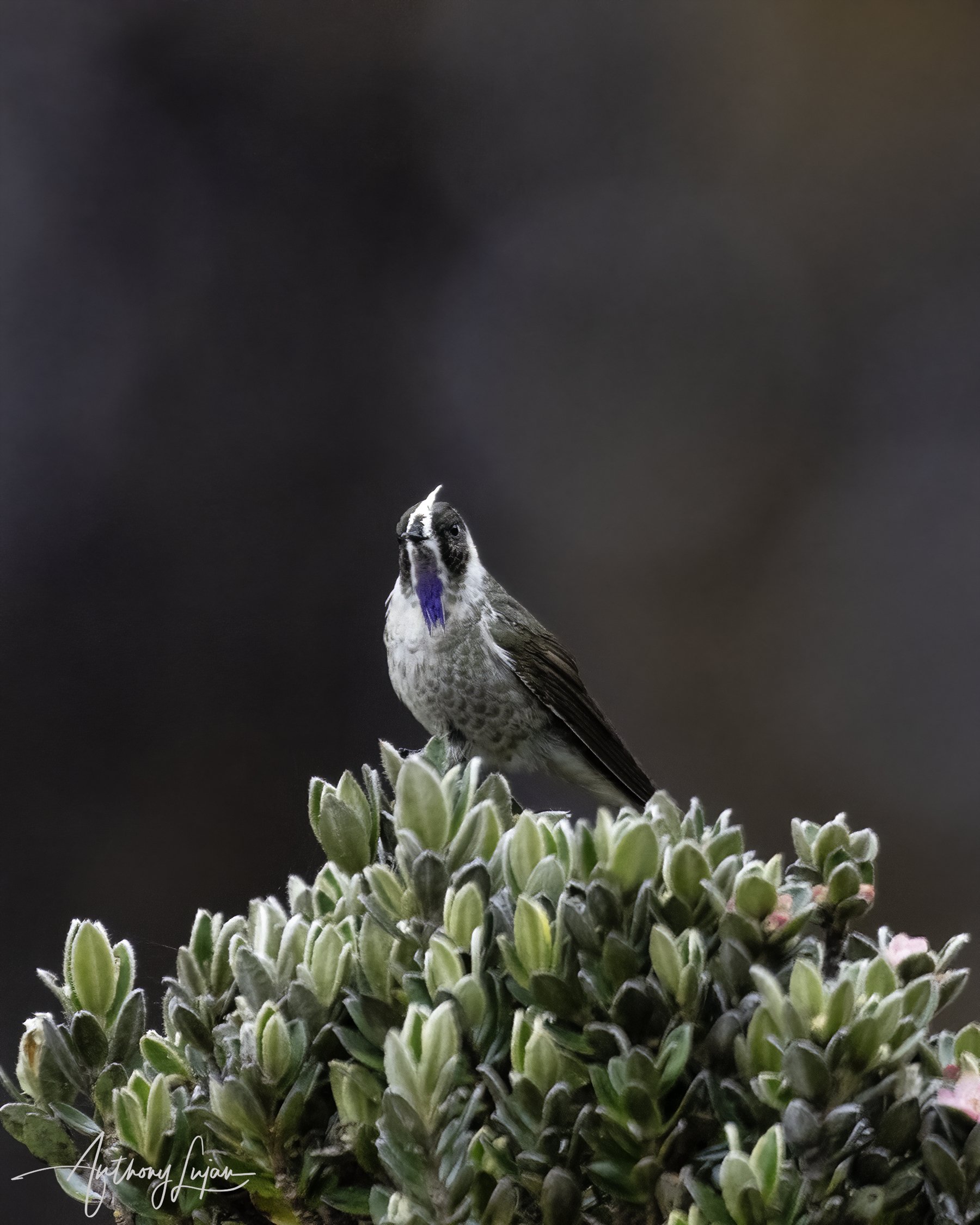
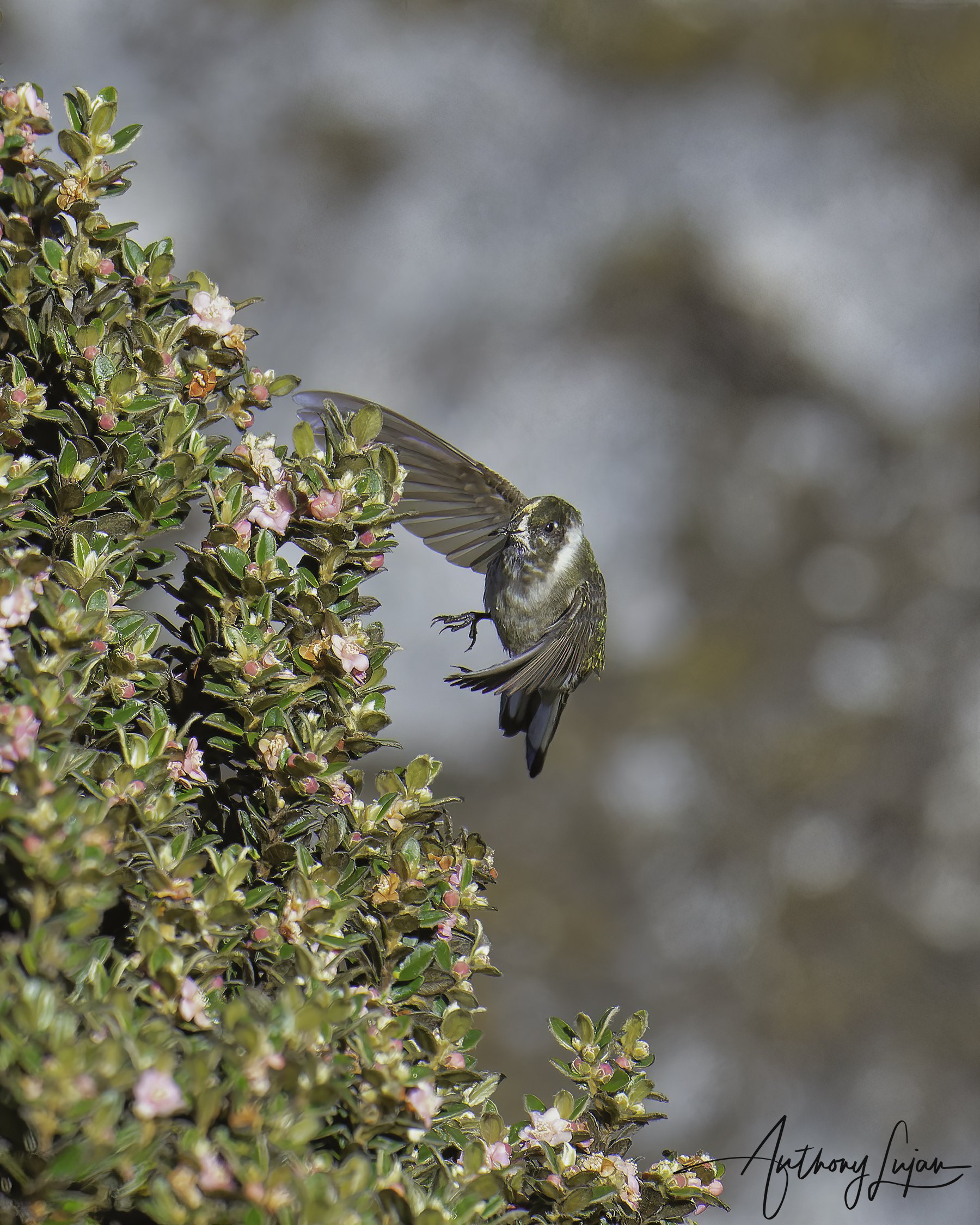
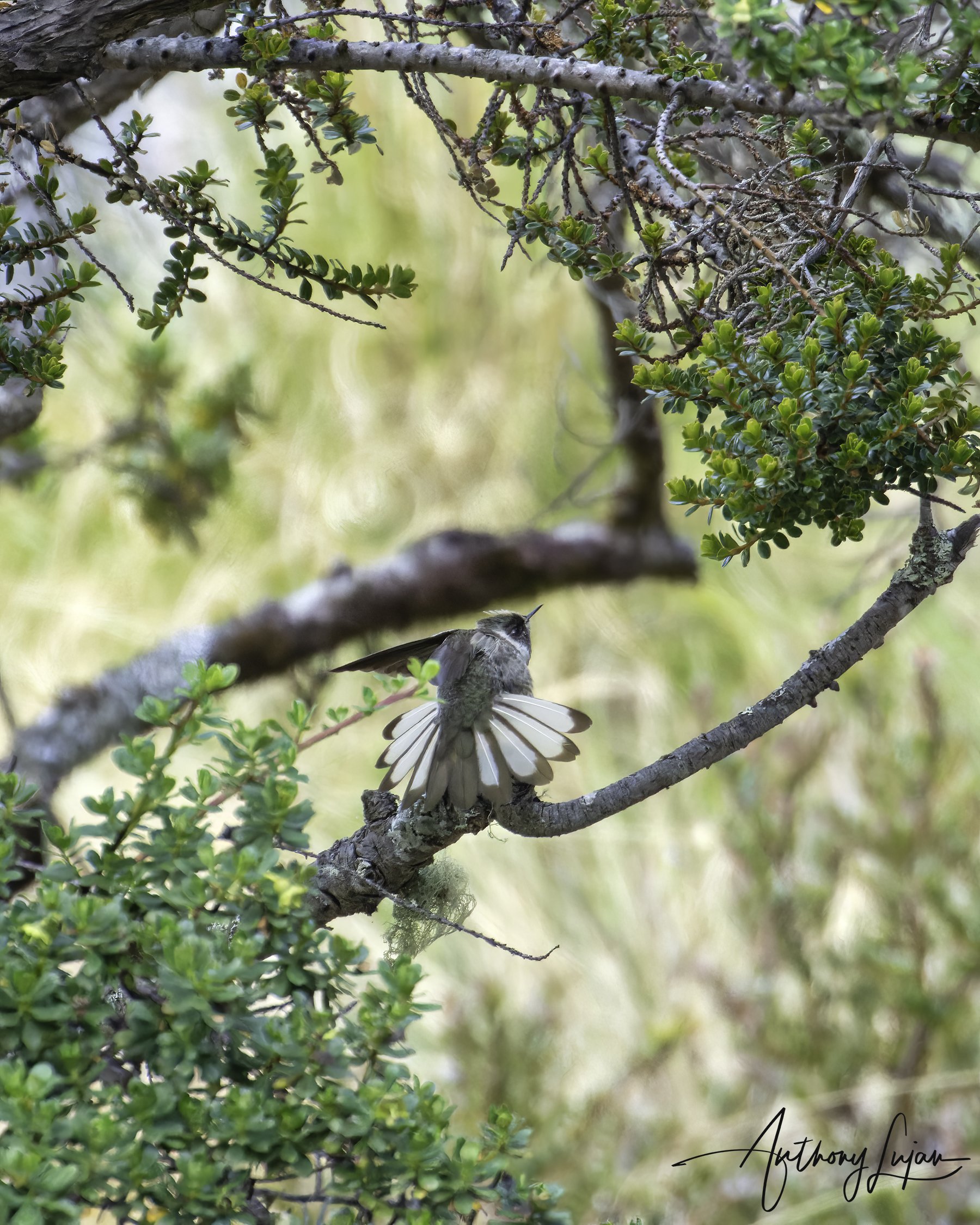


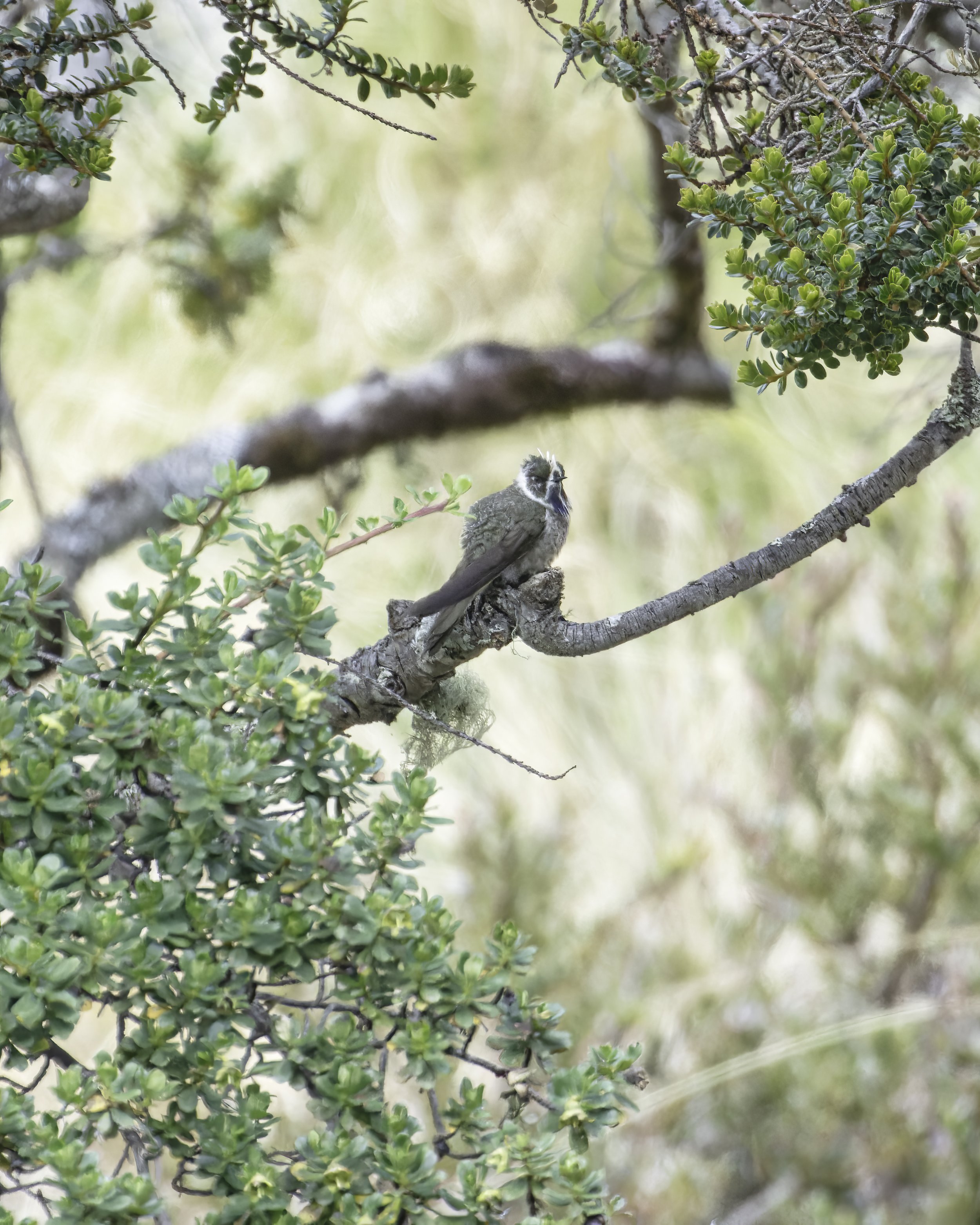



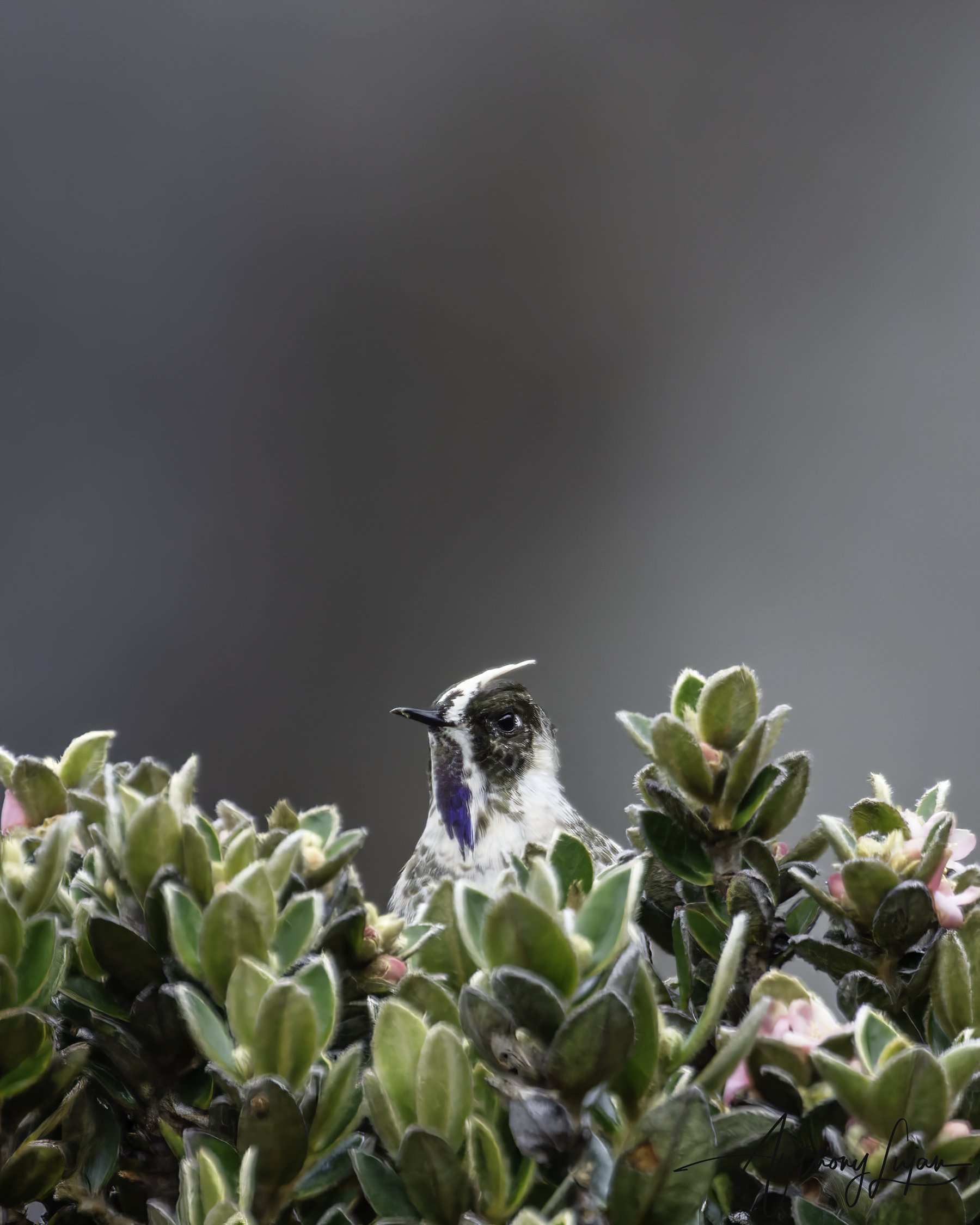

Checkout Anthony’s playlist of this species! Click the top right dropdown to see all the videos.

